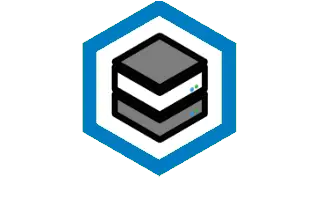
I got 7 years out of my old zpool using them. The second I got a failure I got a load of new drives. I still have 3 drives out of that array I use in a raidz2 tripple that I keep as a cold backup. They are not showing a single issue, 9 years later at this point. I did have two failures though. The original array was 5 drives, and I purchased them in a couple staggered sets. The two that failed were the same later released sub-model that was different from the others, and purchased together, so probably the same bach.

Encryption is the solution. A combination of at rest and on the fly encryption. They could still pull keys from ram, and they can also monitor your system over time. This all depends on your threat model. If you just want to upload your media collection and run a plex server. Just encrypt things. If you are running a drug market place… the fact that you asked this question… not only the fact that you had to ask it, but the very fact you asked it… well give up that dream. You will be caught very quickly.